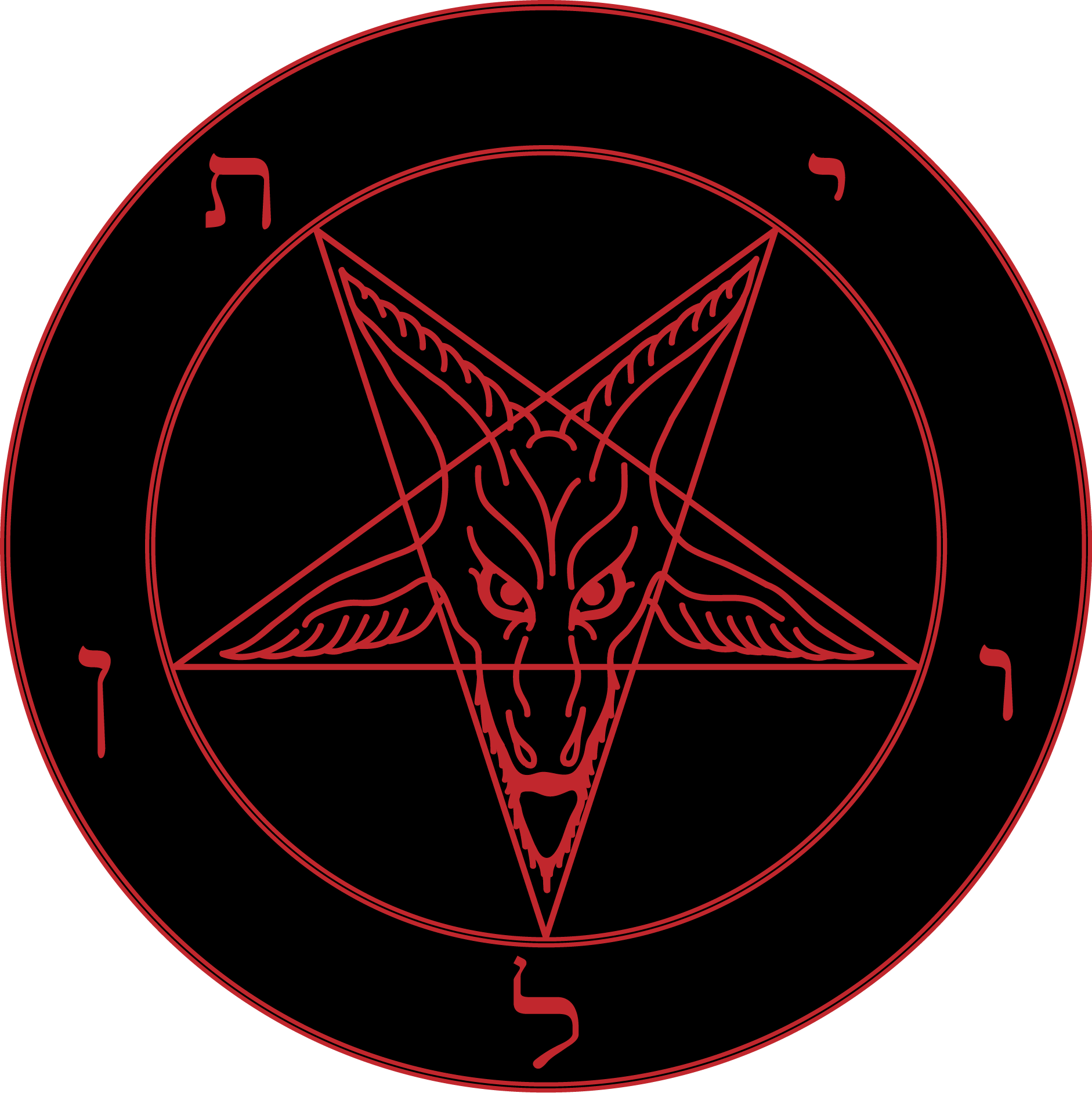

Sloane MS 3824 and the Liber Officiorum Spirituum describe him as having a "Hoarse Voice", and those works, Weyer, and the Goetia note that he must be commanded to speak plainly, with the Liber Officiorum Spirituum specifying that King Paimon will speak in his native language until commanded to converse in the summoner's own language. The Goetia itself makes no mention of King Paimon's face, while the rest describe him as having a beautiful face but still refer to him as male. Sloane MS 3824 describes the camel as crowned, while the rest describe King Paimon himself as crowned. In the Goetia, Weyer, de Plancy, Livre des Esperitz, Liber Officiorum Spirituum, he is described as a man riding a Dromedary camel, preceded by men playing loud music (particularly trumpets), as well as cymbals.

According to Thomas Rudd, King Paimon is opposed by the Shemhamphorasch angel Haziel. Weyer notes a confusion over whether he was a former Dominion or Cherub. Ĭritical editions of the Lesser Key of Solomon list him as a former Dominion. Sloane MS 3824 mentions him as employing a "bishop" named Sperion, among other spirits. The Livre des Esperitz, on the other hand, credits him with just 25 legions of spirits. These three sources state that he rules 69 legions of spirits, some of which are of the order of Angels and the rest Powers. The Goetia, Weyer, and de Plancy warn that if King Paimon appears alone, a sacrifice must be made to summon Lebal (sometimes called Bebal), the most devoted to Lucifer, and Abalam, two kings who serve under him but do not always accompany him. In the Book of Abramelin (where his appearance is given no description), he is instead one of the eight dukes. The Livre des Espiritz, Sloane MS 3824, and the Grimoire of Pope Honorius specify that King Paimon is king of the west. The Goetia, Weyer, de Plancy, Livre des Esperitz, Liber Officiorum Spirituum, and Sloane MS 3824 all rank Paimon as a king. In the Liber Officiorum Spirituum, he is first listed as the sixth spirit and later as the third king. King Paimo(n) appears as the ninth spirit in the Ars Goetia, the 22nd spirit in the Pseudomonarchia Daemonum, and in the Dictionnaire Infernal. The Goetia and Weyer begin entries on King Paimon noting that he is quite obedient to Lucifer. These include The Lesser Key of Solomon (in the Ars Goetia), Johann Weyer's Pseudomonarchia Daemonum, Collin de Plancy's Dictionnaire Infernal, the Livre des Esperitz (as " Poymon"), the Liber Officiorum Spirituum (as Paimon), The Book of Abramelin, and certain French editions of The Grimoire of Pope Honorius (as Bayemon) as well as British Library, Sloane MS 3824. Paimon is a spirit named in early grimoires. Sigil of Paimon Paimon as depicted in Collin de Plancy's Dictionnaire Infernal, 1863 edition. For the village in Iran, see Labal, Iran.


 0 kommentar(er)
0 kommentar(er)
